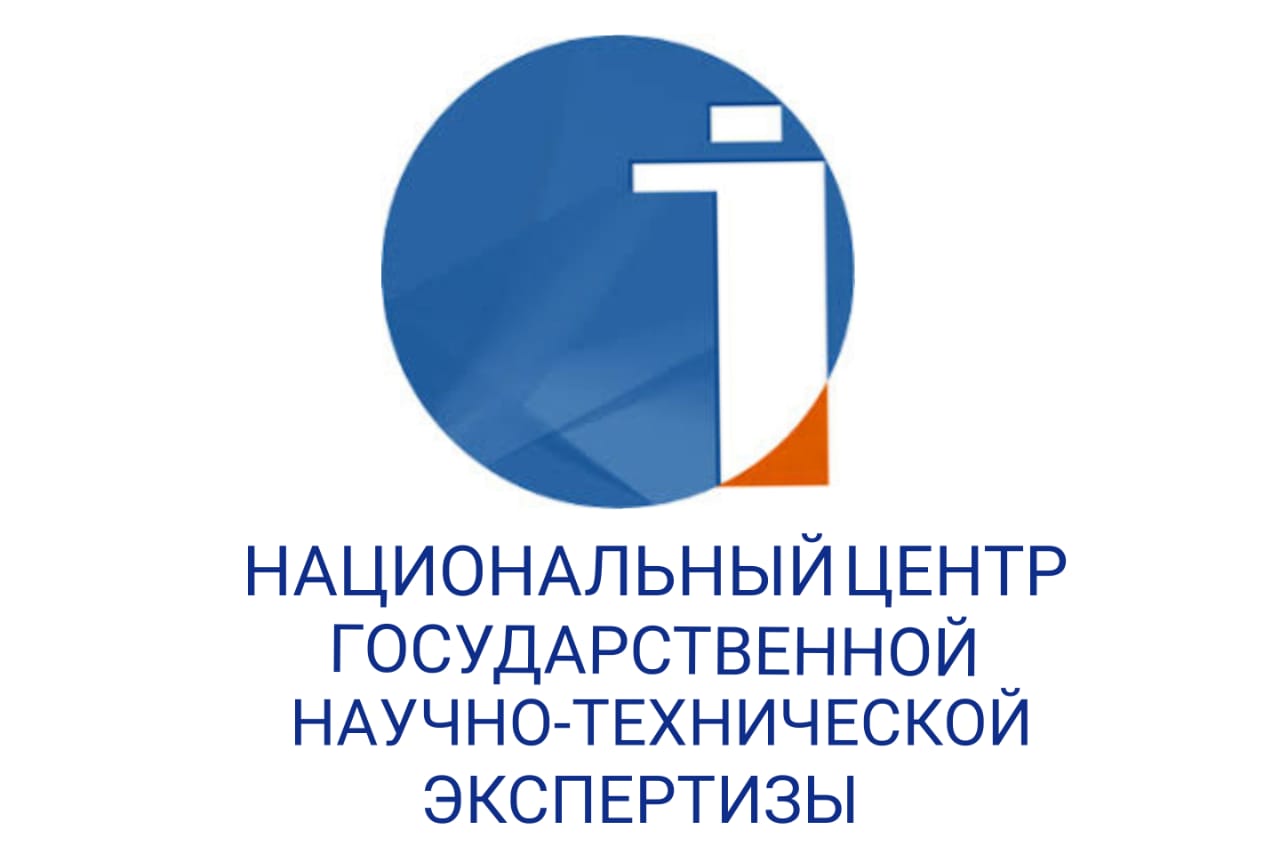STRUCTURAL AND SEMANTIC FEATURES OF COMPLEX TERMS IN THE FIELD OF TOURISM
DOI:
https://doi.org/10.48371/PHILS.2022.65.2.002Keywords:
term, tourism, specificity, compound word, complex terms, structural and semantic features, concept, methods of analysisAbstract
Abstract. The article deals with new concepts and names that have been appeared in the field of tourism which change due to the rapid development of science and technology, and they enrich the vocabulary stock of the languages. The aim of the article is to analyze structural and semantic features of complex English terms in the field of tourism. It is considered that one of the productive forms of formation of complex terms is merging. 200 terms from 300 covered terms in the research are two-, three-component terms, and two-component terms is very popular in the field of tourism.
Linguistic and extralinguistic changes influences for the formation of complex terms and their main differences from other lexemes and they become polysemantic, possess only the central meaning, they do not have emotional, expressive and stylistic functions. The scientific novelty of the work is the process of forming new terms takes place because of the occurrence of new objects and new concepts. The practical significance of the work is that the results of the research might be used in the field of literature, translation, reading and comprehension of specialized texts, for the compiling of dictionaries, preparing of scientific proposals and reports, in teaching process of tourism and catering service.
There are a number of terms which has three-components in the field of tourism, but the case is few. It depends on the language development specificity of the source language. The article also covers scholarly views of home and foreign scientists who dealt with terms, especially formation of complex terms.
The results and conclusions which have been identified in the process of research might be a basis for the establishment of scientific principles of terms development. Theoretical, contrastive and analytical methods have been used in the given research. They have been identified theoretically, structurally and semantically by means of comparison.








